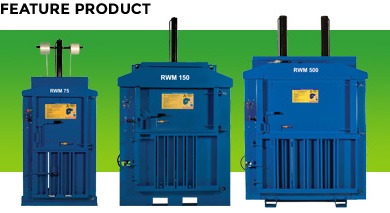As the age-old saying goes, a picture tells a thousand words. So, to help illustrate exactly how businesses, large and small, can achieve a return on investment (ROI) from a cardboard baler, we have prepared an infographic focusing on this very subject.
The waste baler graphic conveys the scenario currently being experienced by ABC Logistics. The company may be fictitious, but the sums included within the visual are very real. ABC Logistics is paying a staggering £585 per month for its cardboard packaging ‘waste’ to be collected from site. Some companies will be paying less of course, according to the volume of waste they handle, but others will incur much higher charges.
Faced with fees such as this, it’s unsurprising that waste, logistics and operations managers turn to the recycling industry to explore smarter ways to handle their recyclables. But, especially in the current economic climate, investments in new plant and equipment have to be meticulously justified. Organisations need to know that their spend will be worthwhile and, if possible, generate a return.
The infographic therefore goes on to explore how much a waste baler would cost ABC Logistics in baler rental fees, or to purchase outright. The payback period is then evaluated, and that’s before the commodity value of the baled cardboard is even taken into account.
Commenting on the calculations, Riverside’s managing director Jonathan Oldfield said: “To claim that a waste baler will become a value-adding asset isn’t enough for most businesses. So, we carry out complimentary waste audits and ROI calculations for prospective customers, on almost a daily basis, to prove what commercial difference a baler can make to their bottom line.
“Not all machinery suppliers will be this transparent. However, whilst some organisations will procure baling technology purely because they want to adopt ‘greener’ sustainability practices, others need financial justification to change their behaviour. That’s why we happily do the sums, so that an ROI is clear to see.”






